Foods that ease nausea. 15 Best Foods to Ease Nausea: Natural Remedies for Stomach Relief
What foods can help relieve nausea. Which natural remedies are effective for an upset stomach. How to ease nausea symptoms through diet. What to eat when you feel nauseous but don’t want to eat anything.
Understanding Nausea and Its Impact on Appetite
Nausea is an unpleasant sensation in the stomach that often precedes vomiting. It can make the thought of eating extremely unappealing, even when your body needs nourishment. However, certain foods have been shown to help alleviate nausea and settle an upset stomach.
Why does nausea affect appetite so strongly? The nausea response evolved as a protective mechanism to avoid ingesting potentially harmful substances. When you feel nauseous, your body is essentially telling you to stop eating. But prolonged nausea without adequate nutrition can lead to weakness and dehydration.
That’s why it’s important to try consuming some gentle, stomach-soothing foods even when nauseous. The right foods can help calm your digestive system and provide essential nutrients to help you recover. Let’s explore some of the best evidence-based food options for nausea relief.

The BRAT Diet: A Time-Tested Approach to Nausea
One of the most commonly recommended dietary approaches for nausea and upset stomach is the BRAT diet. BRAT stands for Bananas, Rice, Applesauce, and Toast. This combination of bland, low-fiber foods is easy to digest and can help firm up loose stools.
Why are these foods particularly beneficial for nausea?
- Bananas: Rich in potassium to replace electrolytes lost through vomiting or diarrhea
- Rice: Easy to digest and helps bind stools
- Applesauce: Provides pectin, which can help reduce diarrhea
- Toast: Plain, easily digestible carbohydrates to provide energy
While the BRAT diet can be helpful for short-term relief, it’s not meant for long-term use. It lacks sufficient protein, fat, and other essential nutrients. Experts recommend following the BRAT diet for no more than 24-48 hours before transitioning back to a more balanced diet.
Ginger: Nature’s Nausea Fighter
Ginger has been used for centuries as a natural remedy for nausea and digestive issues. Modern research has confirmed its effectiveness, particularly for pregnancy-related nausea and chemotherapy-induced nausea.
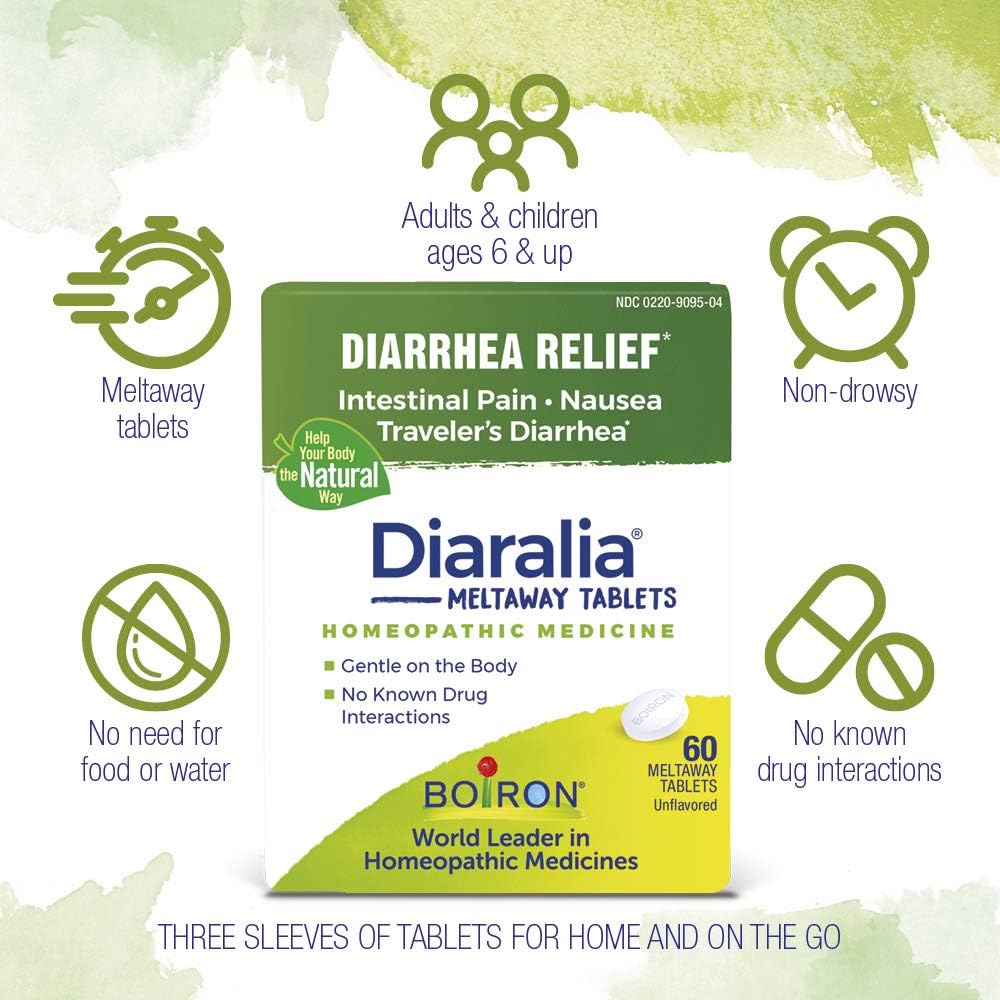
What makes ginger so effective against nausea? The root contains compounds called gingerols and shogaols, which have powerful anti-inflammatory and antiemetic (anti-vomiting) properties. These compounds can help relax the gastrointestinal tract and reduce feelings of nausea.
There are many ways to incorporate ginger into your diet when feeling nauseous:
- Ginger tea
- Candied ginger
- Ginger ale (look for varieties made with real ginger)
- Fresh ginger added to soups or smoothies
Ginger is generally considered safe for most people, but it’s always wise to consult with a healthcare provider before using it medicinally, especially if you’re pregnant or taking medications.
The Power of Citrus: Lemon for Nausea Relief
Lemons and other citrus fruits can be surprisingly effective for easing nausea. The sharp, fresh scent of lemon can help distract the brain from feelings of nausea, while the high vitamin C content supports the immune system.
How can you use lemon to combat nausea?
- Add a slice of lemon to water or tea
- Suck on a lemon wedge
- Try lemon-flavored hard candies
- Simply smell a cut lemon – studies show even the scent can help!
The acidic nature of lemon can also stimulate saliva production, which may help neutralize stomach acid and reduce feelings of nausea. However, if you have acid reflux or GERD, be cautious with citrus as it may exacerbate symptoms for some individuals.

Surprising Nausea Remedy: The Benefits of Bitters
While it may seem counterintuitive, bitter flavors can actually help settle an upset stomach. Naturopaths often recommend bitters for digestive issues, including nausea. The principle behind this is summed up in the saying, “Bitter to the tongue, sweet to the stomach.”
How do bitters work to alleviate nausea? Bitter flavors stimulate the production of digestive enzymes and bile, which can help improve overall digestion and reduce feelings of nausea. Some popular bitter herbs used for digestive health include:
- Gentian root
- Wormwood
- Artichoke leaf
- Dandelion
These herbs are often found in digestive bitters formulas, which can be taken before meals to support digestion. However, it’s important to use bitters under the guidance of a healthcare professional, as some may interact with medications or have contraindications for certain health conditions.
Hydration Heroes: Best Drinks for Nausea
Staying hydrated is crucial when experiencing nausea, especially if vomiting has occurred. However, plain water can sometimes be difficult to stomach. Here are some hydrating alternatives that may be easier to tolerate:
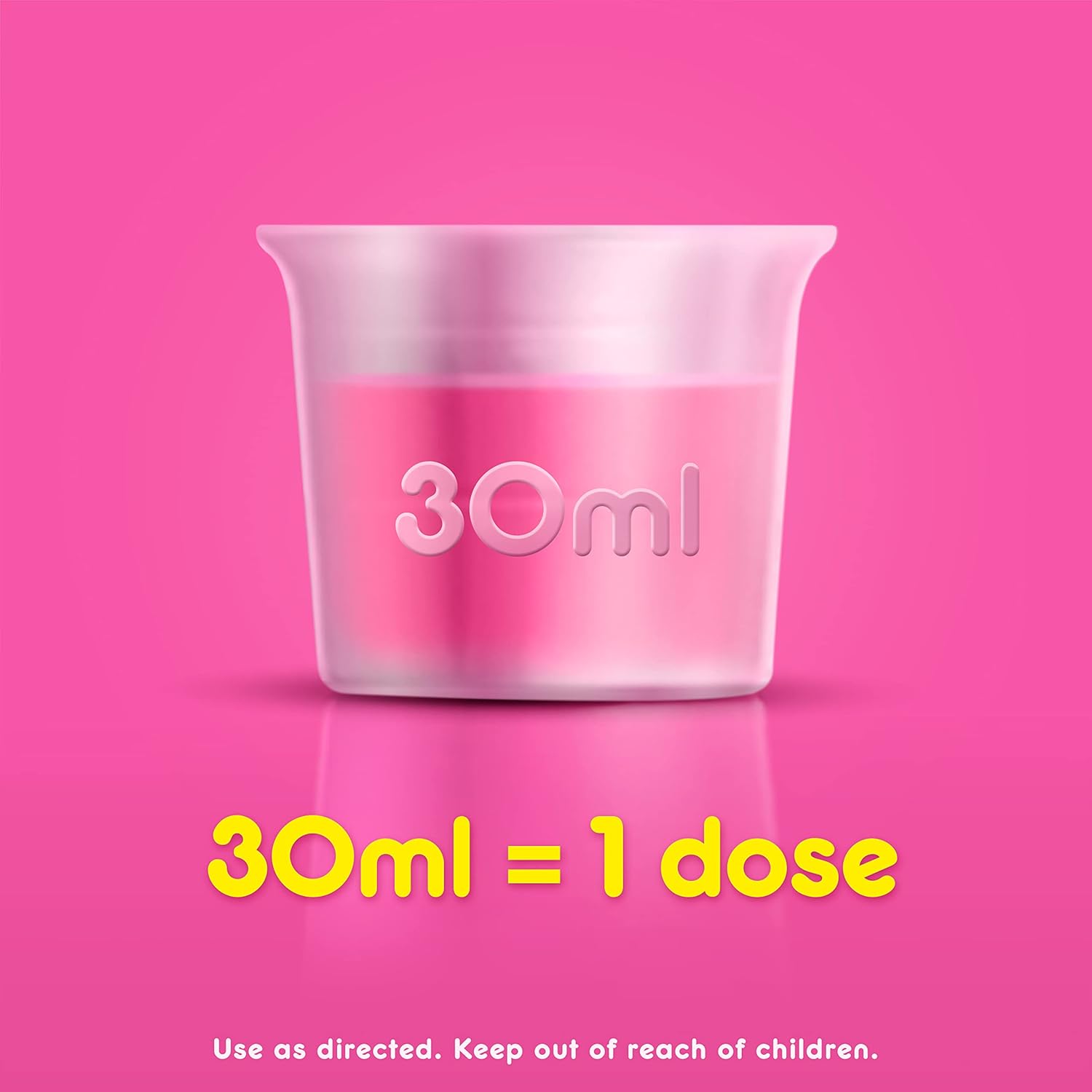
- Clear broths or soups
- Coconut water (rich in electrolytes)
- Herbal teas (especially ginger, peppermint, or chamomile)
- Diluted fruit juices
- Sports drinks (in moderation due to high sugar content)
Why are these drinks particularly helpful for nausea? They provide essential fluids and electrolytes while offering mild flavors that are less likely to trigger further nausea. Sipping small amounts frequently throughout the day is often more tolerable than trying to drink large quantities at once.
Carbohydrate Comforts: Gentle Foods for Upset Stomachs
When nausea strikes, simple carbohydrates can often be easier to tolerate than other food groups. These foods provide quick energy and are generally less likely to provoke nausea. Some stomach-friendly carbohydrate options include:
- Saltine crackers
- Plain white toast
- Rice cakes
- Plain pasta
- Pretzels
Why do these foods work well for nausea? They’re low in fiber and fat, making them easier to digest. The bland flavors are less likely to trigger nausea, and the salt in crackers or pretzels can help replace electrolytes lost through vomiting.

It’s important to note that while these simple carbohydrates can provide short-term relief, they shouldn’t make up the entirety of your diet for an extended period. As your nausea improves, gradually introduce more nutrient-dense foods to ensure you’re meeting your nutritional needs.
Protein Options for Nausea: Gentle Sources of Strength
While protein-rich foods can sometimes be challenging to eat when nauseous, getting adequate protein is important for maintaining strength and supporting recovery. Here are some protein sources that may be easier to tolerate:
- Lean chicken or turkey (baked or grilled, not fried)
- Eggs (scrambled or hard-boiled)
- Greek yogurt
- Tofu
- Smooth nut butters (in small amounts)
These protein sources are generally mild in flavor and texture, making them less likely to exacerbate nausea. Protein is essential for tissue repair and maintaining muscle mass, which is particularly important if you’ve been unable to eat much due to prolonged nausea.
Remember to start with small portions and eat slowly. If solid proteins are too difficult, consider protein-rich liquids like bone broth or smoothies made with Greek yogurt or protein powder.

The Role of Probiotics in Nausea Relief
Probiotics, the beneficial bacteria that support gut health, may also play a role in managing nausea. While more research is needed, some studies suggest that certain probiotic strains can help reduce nausea and vomiting, particularly in specific situations like pregnancy-related nausea or chemotherapy-induced nausea.
Probiotic-rich foods that may be tolerable during periods of nausea include:
- Yogurt (plain, unsweetened)
- Kefir
- Miso soup
- Kombucha (in small amounts)
These foods not only provide beneficial bacteria but also offer easily digestible nutrients. However, if dairy exacerbates your nausea, stick to non-dairy probiotic options or consider a probiotic supplement under the guidance of a healthcare provider.
Herbal Teas for Soothing Nausea
Certain herbal teas have long been used as natural remedies for nausea and digestive discomfort. The warm liquid can be comforting, and specific herbs may have properties that directly help alleviate nausea. Some beneficial herbal teas for nausea include:

- Peppermint tea: Known for its calming effect on the stomach
- Ginger tea: As mentioned earlier, ginger is a powerful anti-nausea herb
- Chamomile tea: May help reduce anxiety-related nausea
- Fennel tea: Can help reduce bloating and gas
- Lemon balm tea: May help calm the digestive system
These teas are generally safe for most people, but it’s always best to check with a healthcare provider before using herbal remedies, especially if you’re pregnant, nursing, or taking medications.
The Importance of Mindful Eating When Nauseous
When dealing with nausea, how you eat can be just as important as what you eat. Mindful eating practices can help make meals more tolerable and potentially reduce feelings of nausea. Consider these tips:
- Eat small, frequent meals instead of large ones
- Chew food thoroughly and eat slowly
- Avoid lying down immediately after eating
- Try eating foods at room temperature or slightly cool, as hot foods may have stronger smells that trigger nausea
- Stay upright for at least an hour after meals
By eating mindfully and creating a calm environment during meals, you may find it easier to tolerate food when feeling nauseous. Remember, everyone’s experience with nausea is different, so it may take some trial and error to find what works best for you.

When to Seek Medical Help for Nausea
While occasional nausea is common and often resolves on its own, persistent or severe nausea may require medical attention. It’s important to recognize when your symptoms might indicate a more serious condition. Seek medical help if you experience:
- Nausea lasting more than a few days
- Inability to keep any food or liquids down
- Signs of dehydration (dark urine, dizziness, dry mouth)
- Severe abdominal pain
- Fever along with nausea
- Nausea accompanied by chest pain or severe headache
These symptoms could indicate conditions like food poisoning, viral infections, or more serious gastrointestinal issues that require professional medical evaluation and treatment. Don’t hesitate to consult with a healthcare provider if you’re concerned about your symptoms.
Remember, while dietary changes can often help manage nausea, they’re not a substitute for medical care when it’s needed. Always prioritize your health and seek professional advice when in doubt.
The 15 Best Foods to Eat When Nauseous
- Wellness
- Nutrition
By
Michelle Guerrere
Michelle Guerrere
Michelle Guerrere has a degree in journalism and nearly a decade of experience covering fashion, beauty, lifestyle for a variety of digital and print publications.
Byrdie’s Editorial Guidelines
Updated on 10/18/21 12:38AM
Medically reviewed by
Brooke Alpert, MS, RD, CDN
Medically reviewed by
Brooke Alpert, MS, RD, CDN
Brooke Alpert, M.S., R.D., C.D.N. is a nationally recognized nutrition expert and best-selling author.
ABOUT BYRDIE’S BEAUTY & WELLNESS BOARD
Registered Dietitian
Fact checked by
Sabrina Crews
Fact checked by
Sabrina Crews
Sabrina Crews is a copy editor and fact checker. She received a Bachelor of Arts in Journalism from the University of Minnesota.
LEARN ABOUT BYRDIE’S EDITORIAL GUIDELINES
Jennifer Pallian / Unsplash
Nausea is described as the “uneasiness of the stomach” that often occurs before you vomit; it’s the dreaded feeling that usually happens right before you run into the bathroom (and hope you’ll make it there) hand over your mouth. Whether you’ve already been sick or feel it coming, the last thing on your mind is eating, but foods for an upset stomach can help your belly calm nausea away.
Whether you’ve already been sick or feel it coming, the last thing on your mind is eating, but foods for an upset stomach can help your belly calm nausea away.
Some foods are scientifically proven to soothe your stomach, and there appear to be more nausea remedies out there than ever before. We perused the medical studies and sought out expert advice to find the 15 best foods for nausea, from traditional treatments to remedies that might take you by surprise.
Meet the Expert
- Martin Orimenko, DC, ND, FIACA, is a naturopath and holistic chiropractor at the Live Well Holistic Health Center in Ardmore, PA.
- C. Nicole Swiner, MD, is a physician specializing in family and general medicine, a professor, speaker, and author based in Durham, NC.
- Joy Saudargas MA, RD, LDN, a registered dietitian and founder of The Joy of Nutrition in Delaware County, PA.
Read on to learn what to eat when you’re nauseous—even when you don’t feel like eating a thing.
01
of 15
BRAT Diet
Ayla Altintas / EyeEm / Getty Images
“The best foods to try when nauseated are light and easier to digest, such as the BRAT diet of banana, rice, apple sauce, and toast,” states Orimenko. For many doctors, the BRAT diet is a go-to prescription for patients recuperating from a bout of vomiting and diarrhea. It’s believed that the diet’s low fiber content, coupled with the potassium provided by the bananas, is ideal for re-binding stool and restoring nutrients lost during the GI episode.
However, the BRAT diet isn’t intended to be a long-term solution to gastrointestinal woes because it lacks the nutrients, fats, and proteins that sustain a well-rounded meal plan—stick with the BRAT diet for 24-48 hours max to help ensure your body is getting all the good stuff it needs.
02
of 15
Bitters
“Naturopaths have an expression: ‘Bitter to the tongue, sweet to the stomach,'” says Orimenko. “Bitters, in general, have been used as digestifs for thousands of years,” he adds, as their consumption is said to stimulate the secretion of saliva and digestive juices, therefore enhancing gastric emptying and easing nausea.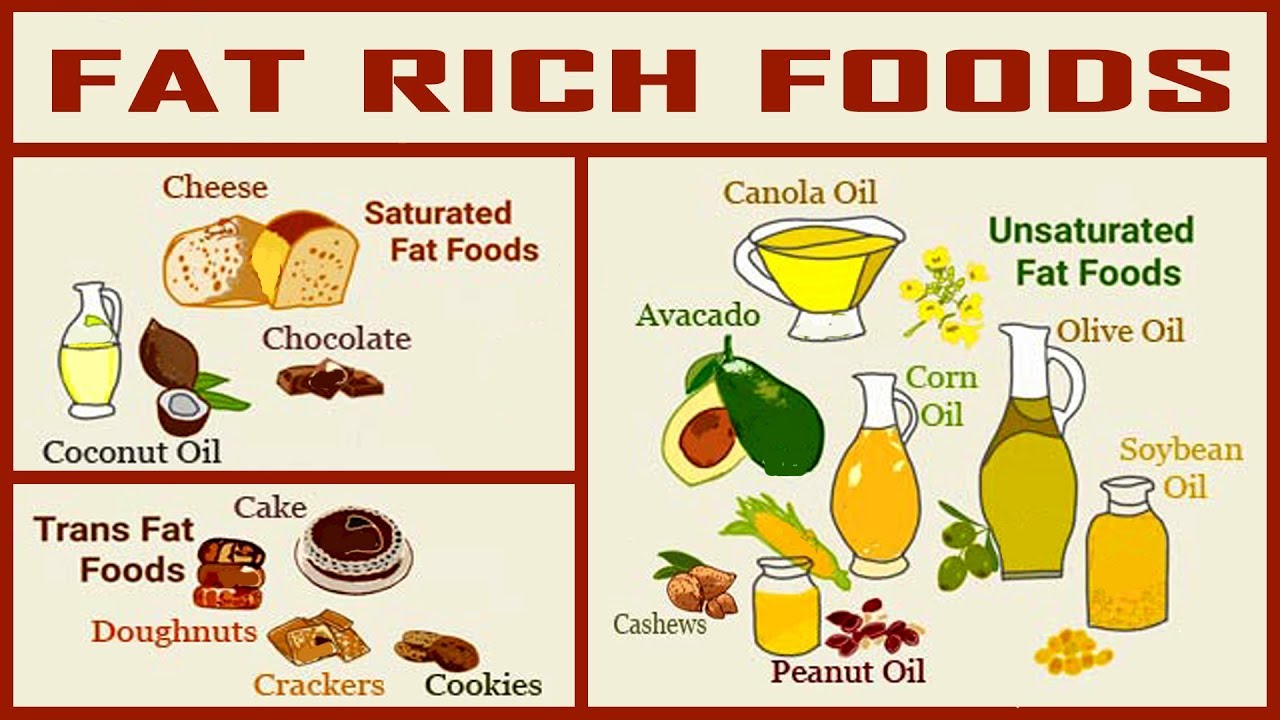 Bitters (particularly gentian and wormwood) are readily endorsed as a remedy for dyspepsia (read: indigestion) by the German Commission E, a scientific committee charged with evaluating the safety and efficacy of medicinal herbs.
Bitters (particularly gentian and wormwood) are readily endorsed as a remedy for dyspepsia (read: indigestion) by the German Commission E, a scientific committee charged with evaluating the safety and efficacy of medicinal herbs.
Orimenko’s recommendation? Herb Pharm Better Bitters, a digestive aid formula containing orange peel, burdock root, gentian, star anise, ginger, and artichoke leaf in a base of organic cane alcohol and vegetable glycerin.
03
of 15
Ginger
Speaking of ginger, this herb is synonymous with happy stomachs since ancient times. Ginger contains gingerols and shogaols, the primary pungent properties that give ginger its spicy flavor and odor as well as its antiemetic and anti-inflammatory properties. There’s no shortage of medical studies proving the efficacy of ginger as a remedy for nausea and vomiting, with the majority of trials focusing on morning sickness and chemotherapy-induced nausea and vomiting.
Not only has ginger been proven effective in alleviating upset stomachs, ingesting the rhizome is generally accepted as safe, and there are no major food or medicine interactions.
04
of 15
Lemon
Ana Rocio Garcia Franco / Getty Images
Swiner’s advice for curing nausea? “Anything with ginger, peppermint, lavender, or lemon can calm the stomach when you feel yucky, mostly because of how the flavors distract the brain.” Lemons may be a popular cure-all for morning sickness, but trust us, they’ll work to ease your type of nausea, too. They help cure your body of toxins, so have them however you like them best: a wedge in your tea, lemonade, or even just sniff one if you’re not hungry. Yes, you read that right: A 2014 study found that simply inhaling the scent of a fresh lemon allowed pregnant women to experience less nausea and vomiting.
05
of 15
Bland Foods
OlgaMiltsova / Getty Images
“Keep it bland with rice and bananas,” suggests Swiner. Soft, low-fiber foods, like tofu, farina, and baked potatoes are similar to the BRAT diet in that these foods require less effort from the GI system. “The foods to avoid when nauseated are dense and harder to digest foods, such as beef, nut butters, fried foods, casseroles, pasta, and cream-based dishes,” says Orimenko. It makes sense, then, that the foods you should reach for during a bout of nausea are just the opposite: bland and non-acidic.
It makes sense, then, that the foods you should reach for during a bout of nausea are just the opposite: bland and non-acidic.
Steer clear of alcohol, caffeine, chocolate, garlic, and tomatoes, as these foods are known to relax the lower esophageal sphincter, which can exacerbate indigestion. “Avoid dairy and highly acidic or spicy foods, because these can worsen abdominal pain, nausea, vomiting, and diarrhea,” Swiner adds.
06
of 15
Apples
Tuqa Nabi / Unsplash
Apples contain fiber, which helps you rid your body of toxins faster. Fiber also slows and eases digestion, which may help to relieve nausea. However, beware of eating too much of any food with fiber, because it can actually add to your nausea. Rule of thumb: Eat one whole apple—or slices of one if it’s easier to swallow. If that seems unpalatable, opt for some applesauce or apple juice.
07
of 15
Mint
Many of us drink mint tea when we’re feeling under the weather, including Swiner.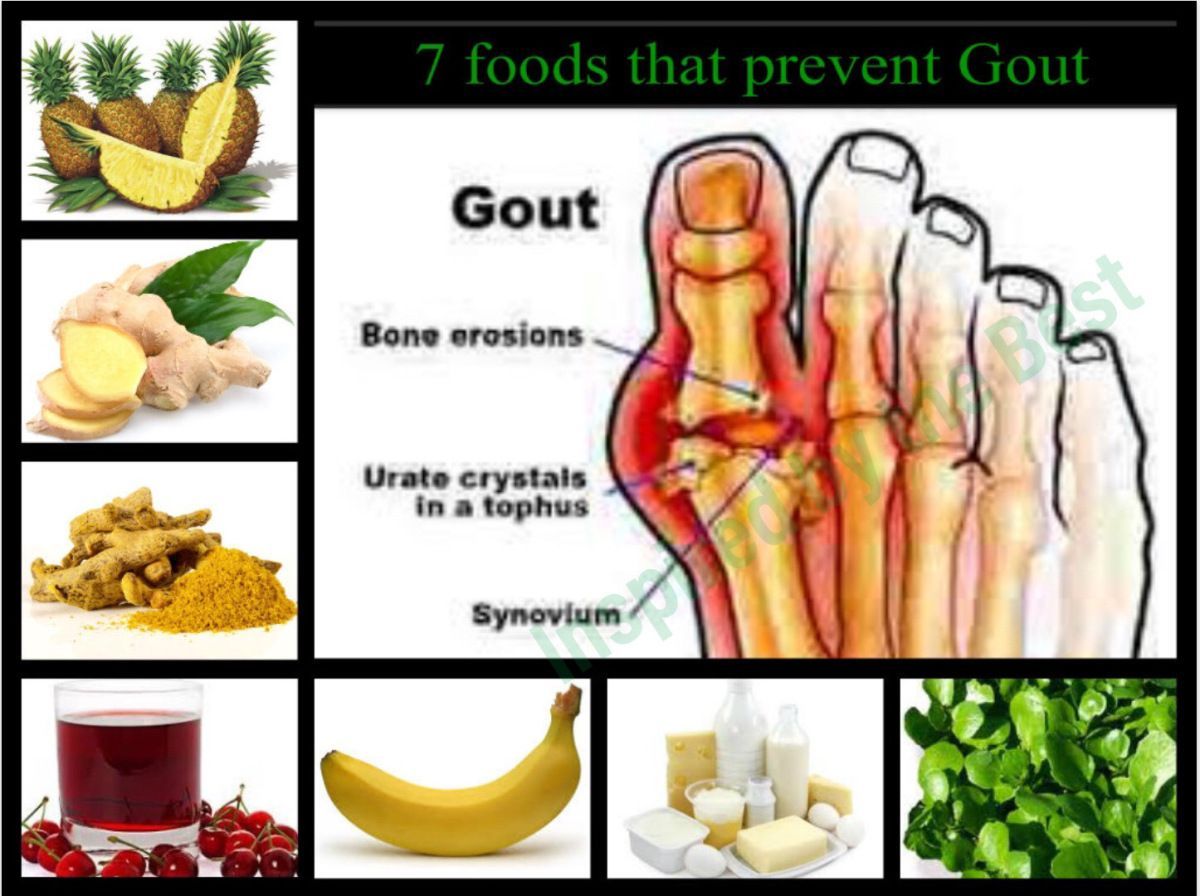 “I always reach for a mint or something sour, when I feel nauseated. It helps me not think about feeling sick as much,” she says. Mint is a suggested food for nausea because it helps bile flow through our digestive system, making all the processes in our stomach work better at the same time (you can also just chew on some fresh mint leaves if you’d like).
“I always reach for a mint or something sour, when I feel nauseated. It helps me not think about feeling sick as much,” she says. Mint is a suggested food for nausea because it helps bile flow through our digestive system, making all the processes in our stomach work better at the same time (you can also just chew on some fresh mint leaves if you’d like).
And guess what? If you’re not quite up for eating or drinking anything, aromatherapy using mint essential oils may help, too. A study of more than 300 patients experiencing post-operative nausea found that they had lessened symptoms when they were given aromatherapy treatments with a blend of oils including peppermint oil.
08
of 15
Crackers
Magdalena Niemczyk – ElanArt / Getty Images
This food for nausea may come as no surprise, but crackers always seem to do the trick. Yes, Mom said they worked when you weren’t feeling well, but there’s a scientific reason behind why this food is the one you reach for even when you’re at your worst. The secret is that they’re high in starch—similar to toast or pretzels—which helps absorb stomach acids and calm your digestive system. According to a 2015 study of nausea-triggering and -easing foods for people suffering from gastroparesis, a condition that prevents proper stomach emptying, saltines and graham crackers reportedly decreased symptoms, including nausea.
The secret is that they’re high in starch—similar to toast or pretzels—which helps absorb stomach acids and calm your digestive system. According to a 2015 study of nausea-triggering and -easing foods for people suffering from gastroparesis, a condition that prevents proper stomach emptying, saltines and graham crackers reportedly decreased symptoms, including nausea.
09
of 15
Cold Foods
asab974 / Getty Images
For many, nausea and a sensitivity to smells go hand in hand. One way to bypass this is to reach for cold foods, as they’re typically less aromatic than hot foods. This is also another reason bland snacks can be appetizing when you’re nauseated: they satisfy hunger (which can cause nausea) without the strong smells or tastes. Alternatively, try ice pops, Jell-O, ice cream, or sucking on ice cubes to avoid exasperating nausea with strong smells.
10
of 15
Protein-Rich Foods
Joseph Gonzalez / Unsplash
If high-carb foods aren’t doing the trick for you, give protein-rich foods a try. To regulate your blood glucose levels and keep the queasiness at bay, nosh on small portions of high-protein foods throughout the day—think hard-boiled eggs, tofu, chicken, and Greek yogurt.
To regulate your blood glucose levels and keep the queasiness at bay, nosh on small portions of high-protein foods throughout the day—think hard-boiled eggs, tofu, chicken, and Greek yogurt.
11
of 15
Chicken Broth
Lemon and mint may help, but we can’t promise they’ll satiate your hunger (you still need to eat even if you’re nauseated). Normally when you’re not feeling well, you automatically gravitate toward a bowl of chicken soup. We’re sorry to say that’s not the best choice in this situation since the soup will be too heavy on your upset stomach. Chicken broth, however, is best for you when you’re feeling nauseous.
12
of 15
Licorice Root
“Many types of tea are good for nausea, but licorice root tea stands out above the rest,” says Saudargas. “One study found that licorice root tea helps to treat nausea by packing a punch with antiviral and antibacterial properties,” she continues. “Some of these properties may help to protect against the formation of ulcers that can lead to nausea.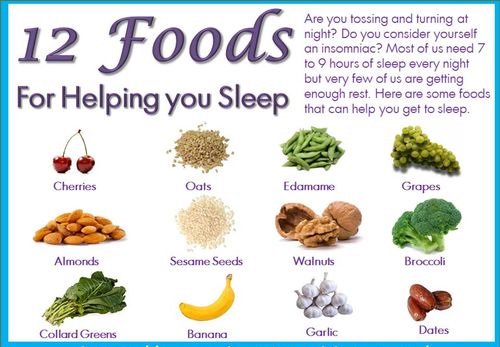 ”
”
13
of 15
Chamomile
A sip of chamomile tea has long been associated with relaxation (thanks to its high concentration of apigenin, a bioflavonoid compound), but there are benefits to this daisy-like herb that can be reaped beyond the mug—namely, in capsule form. Saudargas points to a 2016 double-blind study in The Asian Pacific Journal of Cancer Prevention in which 65 women undergoing chemotherapy were given 500-mg capsules of chamomile or ginger twice daily for five days before and after their treatments. The results showed that chamomile and ginger were both equally successful in reducing the women’s frequency of vomiting.
14
of 15
Chili Peppers
Lisovskaya / Getty Images
It may seem counterintuitive, but capsaicin, the chemical component of chili peppers that gives them their signature heat and spice, has been widely used in topical treatments for pain relief since the 1980s. Formulated into creams, lotions, and patches, the capsaicin eases pain through the “defunctionalization” of pain receptors, which allows for relief from conditions like migraines, muscle aches, and arthritis. This defunctionalization of pain receptors has proven capsaicin as an effective remedy for nausea, as well: Conducted in 2002, a randomized, double-blind study of 160 patients showed that the application of capsaicin plasters at acupuncture points was linked to reduced post-operative nausea and vomiting.
This defunctionalization of pain receptors has proven capsaicin as an effective remedy for nausea, as well: Conducted in 2002, a randomized, double-blind study of 160 patients showed that the application of capsaicin plasters at acupuncture points was linked to reduced post-operative nausea and vomiting.
15
of 15
Hard Candy
There’s a link between hypoglycemia (low blood sugar) and nausea, so it stands to reason that a little taste of something sugary can help curb queasiness. In a study involving 67 first-trimester pregnant women, lemon-flavored lollipops were proven successful as an inexpensive, drug-free remedy for nausea and vomiting.
Your everyday hard candies can do the trick, both for their ability to boost sugar levels and moisten the mouth, or you can take it one step further with a candy marketed specifically for its antiemetic properties. Preggie Pops, for example, have earned legions of devotees among pregnant women contending with morning sickness. According to the healthcare professionals who developed Preggie Pops, the lollipops and drops work due to their unique combination of essential oils, aromatherapy, and sugars.
According to the healthcare professionals who developed Preggie Pops, the lollipops and drops work due to their unique combination of essential oils, aromatherapy, and sugars.
Article Sources
Byrdie takes every opportunity to use high-quality sources, including peer-reviewed studies, to support the facts within our articles. Read our editorial guidelines to learn more about how we keep our content accurate, reliable and trustworthy.
American Academy of Family Physicians. BRAT Diet: Recovering From an Upset Stomach. Updated March 14, 2017.
McMullen MK, Whitehouse JM, Towell A. Bitters: Time for a New Paradigm. Evid Based Complement Alternat Med. 2015 May;2015:1-8. doi:10.1155/2015/670504
Mashhadi NS, Ghiasvand R, Askari G, et al. Anti-Oxidative and Anti-Inflammatory Effects of Ginger in Health and Physical Activity: Review of Current Evidence. Int J Prev Med. 2013 Apr;4(Suppl 1):S36-42.
Bodagh MN, Maleki I, Azita Hekmatdoost A.
 Ginger in Gastrointestinal Disorders: A Systematic Review of Clinical Trials. Food Sci Nutr. 2019 Jan;7(1):96–108. doi:10.1002/fsn3.807
Ginger in Gastrointestinal Disorders: A Systematic Review of Clinical Trials. Food Sci Nutr. 2019 Jan;7(1):96–108. doi:10.1002/fsn3.807Kia PY, Safajou F, Shahnazi M. The Effect of Lemon Inhalation Aromatherapy on Nausea and Vomiting of Pregnancy: A Double-Blinded, Randomized, Controlled Clinical Trial. Iran Red Crescent Med J. 2014 Mar;16(3):e14360. doi:0.5812/ircmj.14360
Nayak B, Berrios JDJ, Tang J. Impact of Food Processing on the Glycemic Index (gi) of Potato Products. Food Research International. 2014;56:35-46. doi:10.1016/j.foodres.2013.12.020
Capuano E. The Behavior of Dietary Fiber in the Gastrointestinal Tract Determines its Physiological Effect. Crit Rev Food Sci Nutr. 2017 Nov 2;57(16):3543-3564. doi:10.1080/10408398.2016.1180501
Chumpitazi BP, Kearns G, Shulman RJ. Review Article: The Physiologic Effects and Safety of Peppermint Oil and Its Efficacy in Irritable Bowel Syndrome and Other Functional Disorders.
 Aliment Pharmacol Ther. 2018 Mar;47(6):738–752. doi:10.1111/apt.14519
Aliment Pharmacol Ther. 2018 Mar;47(6):738–752. doi:10.1111/apt.14519Hunt R, Dienemann J, Norton HJ, et al. Aromatherapy as Treatment for Postoperative Nausea: A Randomized Trial. Anesth Analg. 2013 Sep;117(3):597-604. doi:10.1213/ANE.0b013e31824a0b1c
Wytiaz V, Homko C, Duffy F, et al. Foods Provoking and Alleviating Symptoms in Gastroparesis: Patient Experiences. Dig Dis Sci. 2015 Apr;60(4):1052-8. doi:10.1007/s10620-015-3651-7
Cleveland Clinic. Nausea & Vomiting: Care and Treatment. Updated July 23, 2019.
Breastcancer.org. Eating When You Have Nausea and Vomiting. Updated October 16, 2018.
Sanaati F, Najafi S, Kashaninia Z, et al. Effect of Ginger and Chamomile on Nausea and Vomiting Caused by Chemotherapy in Iranian Women with Breast Cancer. Asian Pac J Cancer Prev. 2016;17(8):4125-9.
Fattori V, Hohmann MSN, Rossaneis AC, et al. Capsaicin: Current Understanding of its Mechanisms and Therapy of Pain and Other Pre-Clinical and Clinical Uses.
 Molecules. 2016 Jul; 21(7):844. doi:10.3390/molecules21070844
Molecules. 2016 Jul; 21(7):844. doi:10.3390/molecules21070844Kim KS, Koo MS, Jeon JW. Capsicum Plaster at the Korean Hand Acupuncture Point Reduces Postoperative Nausea and Vomiting After Abdominal Hysterectomy. Anesthesia and analgesia. 2002 Oct;95(4):1103-7. doi:10.1097/00000539-200210000-00059
Biyik I, Keskin F. The Lollipop with Lemon Aroma May Be Promising in Nausea and Vomiting in Pregnancy. Obstetrics; Maternal Fetal Medicine and Perinatology. 2020 Mar;26(1):6-10. doi:10.21613/GORM.2019.973
The best foods to relieve nausea
If people are feeling nauseated, just the thought of food may make them feel worse. However, bland foods, cold foods, protein foods, ginger, and other options may help settle the stomach and provide energy for the body.
People may feel nausea, or the unpleasant and sometimes unavoidable sensation of needing to vomit, for a variety of reasons, such as:
- viruses
- food poisoning
- cancer treatments
- motion sickness
- pregnancy
- digestive issues
Getting plenty of rest and drinking fluids can help manage nausea, but so can eating certain foods.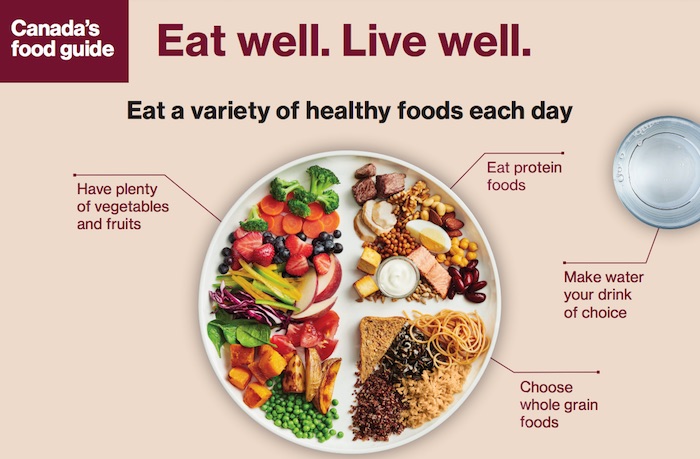
Eating while feeling sick may seem counterintuitive. However, food can not only help relieve nausea, but it can also replace important nutrients lost after voiding.
This article looks at which foods can help relieve nausea.
People have traditionally used ginger to treat nausea. Gingerols and shogaols are components in ginger that may stimulate the stomach to empty and help to relieve feelings of nausea.
A review of studies looked at the effects of ginger on nausea and vomiting in cases of pregnancy-induced symptoms. Four randomized controlled trials showed that ginger was more effective than a placebo in reducing the intensity of nausea and frequency of vomiting in pregnant females.
The authors of the review also found that ginger was more effective than a placebo in treating morning sickness, seasickness, and chemotherapy-induced nausea.
Another study supports that ginger may help relieve chemotherapy-induced nausea. The study found that 500 milligrams of powdered ginger root 2 times per day, 5 days before and 5 days after chemotherapy, helped reduce the frequency of vomiting in breast cancer patients.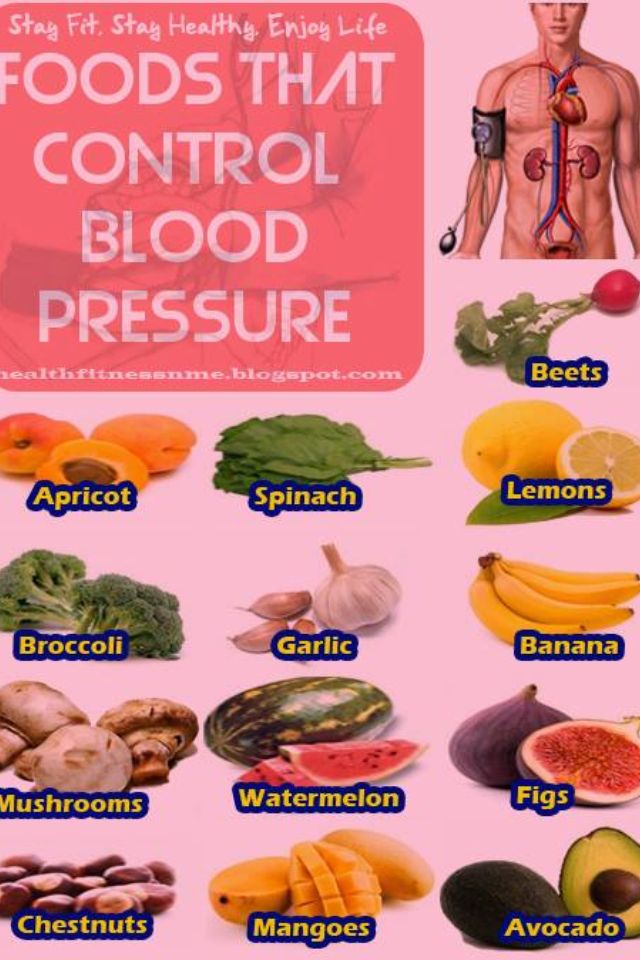
To incorporate ginger into any diet, people can add ginger powder to broths or add sliced fresh ginger to hot water or herbal teas. Ginger ale is also a good option, as is eating crystallized ginger.
Chicken or vegetable broths are common remedies for sickness, helping everything from headaches to colds to fevers and nausea.
They can be a good source of nutrients that are easy to digest when a person is feeling nauseated.
If people are drinking less or losing fluids through sweating and vomiting, broths can help to replace lost fluids, salt, and electrolytes.
BRAT stands for:
- Bananas
- Rice
- Applesauce
- Toast
People may find these foods easier to eat because they are bland and easy to digest.
Bananas are also a good source of energy and nutrients. They are high in potassium, which can help replace any electrolytes lost through vomiting.
However, the BRAT diet does not provide enough nutrients for people over the long term. It may help for a brief period of nausea, but people should start adding a wider variety of foods once they start feeling better.
It may help for a brief period of nausea, but people should start adding a wider variety of foods once they start feeling better.
It is also vital to stay hydrated while on the BRAT diet. People should make sure they take small sips of water frequently. Drinking large gulps of water may upset an already unsettled stomach.
Along with toast, other dry foods can be a good option for people feeling nauseated, as they are plain and easy to digest. They also have little to no odor, which may help reduce feelings of nausea.
Dry foods can include:
- saltine crackers
- pretzels
- oatcakes
- rice cakes
People may find it easier to eat cold foods when feeling sick, as they often smell less than hot foods. The odor of hot food may increase feelings of nausea for some people.
Good options for cold foods include:
- a sandwich with protein, such as peanut butter or egg salad
- crackers with a small amount of cheese
- yogurt
- popsicles
Protein helps the body create enzymes that digest food. The body also uses protein to oxygenate blood to carry nutrients to every part of the body.
The body also uses protein to oxygenate blood to carry nutrients to every part of the body.
Good options for protein-rich foods include:
- peanut butter
- fish
- turkey
- boiled eggs
- plain, unsweetened yogurt
- baked tofu (not fried)
People can combine these foods with bland foods, such as toast, rice, or noodles, to increase calories.
There are alternatives to help treat nausea. Aromatherapy may help people manage nausea and relieve vomiting.
A clinical trial found that aromatherapy — specifically infused with peppermint essential oil — helped decrease the frequency, duration, and severity of nausea in postoperative cardiac surgery patients.
Other essential oils that may relieve nausea through aromatherapy include ginger oil, lavender oil, and lemon oil.
Breathing exercises can also help ease nausea symptoms.
One study found that breathing exercises reduced the number of nausea, vomiting, and retching episodes and lowered the severity of nausea in people with breast cancer undergoing chemotherapy.
Another study found that diaphragmatic breathing, or deep belly breathing, reduced feelings of motion sickness during virtual reality exposure compared to a control group.
Additionally, there are plenty of over-the-counter medications that help treat nausea, called antiemetics. Options include:
- Emetrol
- Nauzen
- Dramamine
- Pepto-Bismol
It is normal to experience nausea once in a while, especially when experiencing food poisoning, indigestion, or motion sickness.
However, excessive vomiting can be a cause for concern or indicative of a more serious problem.
Recurrent episodes of vomiting can be associated with:
- severe food poisoning
- pregnancy
- migraine
- vestibular disorders
- appendicitis
- kidney infections
- cyclic vomiting syndrome
When it comes to vomiting and nausea, red flags to look out for include:
- vomiting for more than 1 day
- bouts of nausea and vomiting for longer than 1 month
- severe abdominal pain
- unexplained weight loss
- progressive headache and neck pain
- blood in the vomit
- an inability to keep down clear liquids
- fever
A person experiencing any of these symptoms should call or visit a doctor.
Emergency services may be necessary if blood is in the vomit, which may be caused by ulcers, ruptured blood vessels, or stomach bleeding.
It is also important to consider other contextual factors, like having a fever or an inability to keep down clear liquids.
A fever with vomiting may indicate an infection or virus, while an inability to keep down clear liquids may point to dehydration.
What foods to avoid when nauseous?
Just as there are foods to help relieve nausea, there are also foods to avoid when nauseous.
Avoid eating fatty, greasy, and fried food, spicy foods, and foods with strong odors. A person should also avoid foods high in sugar, such as sweets and desserts.
What foods treat nausea during pregnancy?
Sticking to a bland diet during pregnancy may be the best way to help with nausea. This includes foods that are:
- a soft consistency
- low fiber
- cooked
- not spicy
Drinking cold, clear, and carbonated fluids in small amounts between meals may also help alleviate pregnancy-related nausea.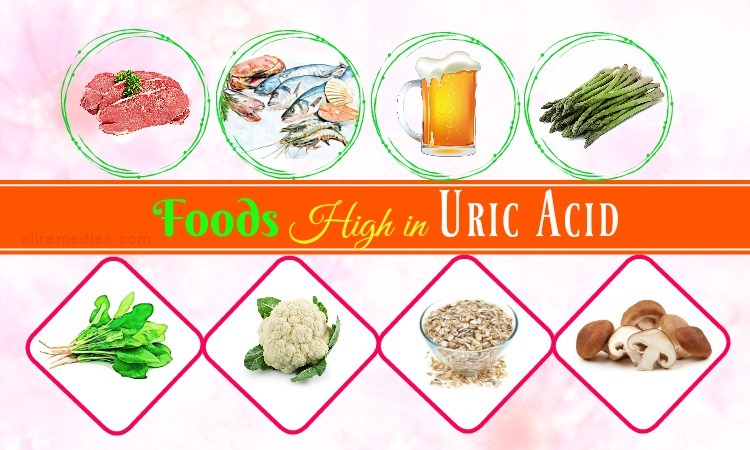
How to treat nausea fast?
There is no instant fix for nausea, but ginger is an effective, inexpensive, and safe treatment for nausea and vomiting that works relatively fast.
Other quick fixes include smelling fresh lemon, mint, or orange, which can be achieved by smelling the actual item or using an oil diffuser with these scents.
Is yogurt good for nausea?
While research shows that cold foods without strong odors may help alleviate nausea, more studies are required to understand the full effects of yogurt for nausea relief.
Are eggs good for nausea?
Research suggests that protein consumption may help relieve nausea in pregnant people.
However, more current research shows that increased protein consumption, especially before exercise, may actually increase the symptoms of nausea in nonpregnant people.
More research is necessary to fully understand if eggs are helpful for relieving nausea.
People may not want to eat much when they are feeling nauseated. However, consuming small amounts of certain foods may help relieve nausea and keep energy levels up.
However, consuming small amounts of certain foods may help relieve nausea and keep energy levels up.
It is also vital to stay hydrated by drinking clear beverages, such as water or soda, especially to replace lost fluids if vomiting.
Other tips that may help with nausea include:
- sitting upright after eating
- avoiding activity after eating
- watching TV, reading a book, or talking with someone while eating as a distraction
- eating slowly to help digestion
- eating small amounts throughout the day
- rinsing the mouth or brushing the teeth after eating to reduce feelings of nausea
If people continue to feel nauseated without any relief, have unexplained nausea, or are unable to eat or drink at all, they should speak to a doctor.
Toxicosis: 10 products that will help
Svetlana Ogorelkina
February 06, 2021 at 19:50
Pregnancy and childbirth
78018
6 minutes
We will give you 20 points for reading the article. To credit points to your account, you need to log in.
To credit points to your account, you need to log in.
Article
When toxicosis is tormented, nothing pleases. And also you have to work. There are as many as 10 foods for every taste that can help fight morning sickness in the first trimester of pregnancy. We remember.
Relevant and useful information for modern parents – in our mailing list.
We already have over 50,000 subscribers!
The problem of toxicosis in the first trimester worries almost every woman. You will rarely meet a pregnant woman who does not have any signs of malaise, nausea and headache at all. If a woman’s condition worsens, she is sent to a hospital for treatment. They put droppers, prescribe medications and monitor her health every day. Thanks to medical assistance, the pregnant woman becomes easier, and after a couple of days she is discharged.
Quick registration
Get 5% off your first order!
Toxicosis is a very unpleasant condition for a future mother. It occurs due to poisoning with toxins that accumulate in the body during the period of bearing a baby. As you know, after 30 years it is harder for a woman to endure it: it becomes more pronounced and torments a pregnant woman for a long time.
It occurs due to poisoning with toxins that accumulate in the body during the period of bearing a baby. As you know, after 30 years it is harder for a woman to endure it: it becomes more pronounced and torments a pregnant woman for a long time.
The first symptoms of toxicosis begin to appear at the sixth week of pregnancy. They can hurt all day long. And only by the end of the twelfth week, the unpleasant state begins to decline.
- Crackers and crackers
Gynecologists with severe toxicosis advise eating carbohydrate foods in the morning, when nausea is especially tormenting. It is enough to chew a few crackers, and then lie down for 20 minutes. Nausea should subside. This method has been tested on my own experience, and it really works. When I ate such foods, the nausea passed very quickly.
- Apples
Another useful product that helps fight nausea. They are rich in vitamins that are so necessary during pregnancy (iron, manganese, potassium, etc. ). This fruit normalizes the digestive system, reduces vomiting, and also enhances the production of gastric juice.
). This fruit normalizes the digestive system, reduces vomiting, and also enhances the production of gastric juice.
- Honey
It contains many vitamins, glucose, trace elements and fructose. They are easily absorbed by the body of a pregnant woman and do not overload her digestive tract – a tablespoon of honey on an empty stomach is enough. If a woman in a position has an allergy, then in this case, of course, it is better for her to refuse it in favor of another product.
- Herbal tea
Such a drink can be prepared on the basis of chamomile or mint. It helps relieve stomach cramps, soothe the digestive tract and relieve nausea. Tea should not be drunk hot. It must be at room temperature. If desired, a pregnant woman can add a slice of lemon or a spoonful of honey to her taste.
- Citrus
If you have a juicer at home, you can make orange juice. It perfectly cleanses the body of toxins and toxins. Helps manage symptoms of nausea. However, if you drink it on an empty stomach, then it will have a very negative effect on the gastric mucosa and will irritate it. It is recommended to drink juice after meals or during the day. It also contains a large amount of sugar. Once in the body of a pregnant woman, it is quickly absorbed into the bloodstream, produces a lot of insulin, which is not useful for the normal functioning of her body.
However, if you drink it on an empty stomach, then it will have a very negative effect on the gastric mucosa and will irritate it. It is recommended to drink juice after meals or during the day. It also contains a large amount of sugar. Once in the body of a pregnant woman, it is quickly absorbed into the bloodstream, produces a lot of insulin, which is not useful for the normal functioning of her body.
- Pumpkin
It helps a pregnant woman quickly eliminate malaise and feeling unwell in the morning, and also has an antiemetic effect. Many dishes can be made from it, including making porridges and decoctions from it. Pumpkin contains a large number of different vitamins, pectins and beta-carotene. It is useful not only for nausea, but also improves sleep, improves immunity and calms the nervous system.
- Dried apricots
An indispensable dried fruit for a pregnant woman, which helps maintain water balance in the body and eliminate nausea. It replaces sweets. Not only fights against toxicosis, but also eliminates constipation during pregnancy. Decoction of dried apricots removes intoxication of the body.
It replaces sweets. Not only fights against toxicosis, but also eliminates constipation during pregnancy. Decoction of dried apricots removes intoxication of the body.
- Mints
They help a pregnant woman very well during bouts of nausea in a public place. It’s best to always keep them handy. They relieve stomach cramps. Sweets, however, are contraindicated in those with a tendency to heartburn.
- Ginger
An effective remedy for nausea. It also relieves headaches, dizziness, improves the well-being of a pregnant woman. It is enough to brew 50 g of peeled ginger in a glass of boiling water and enjoy a healthy drink after 10 minutes. But you should not abuse this product, otherwise it can have a negative effect on pregnancy. It should not be used with high blood pressure, gastrointestinal problems and cardiovascular diseases.
- Cucumber
Low calorie, almost entirely water. Reduces the feeling of nausea.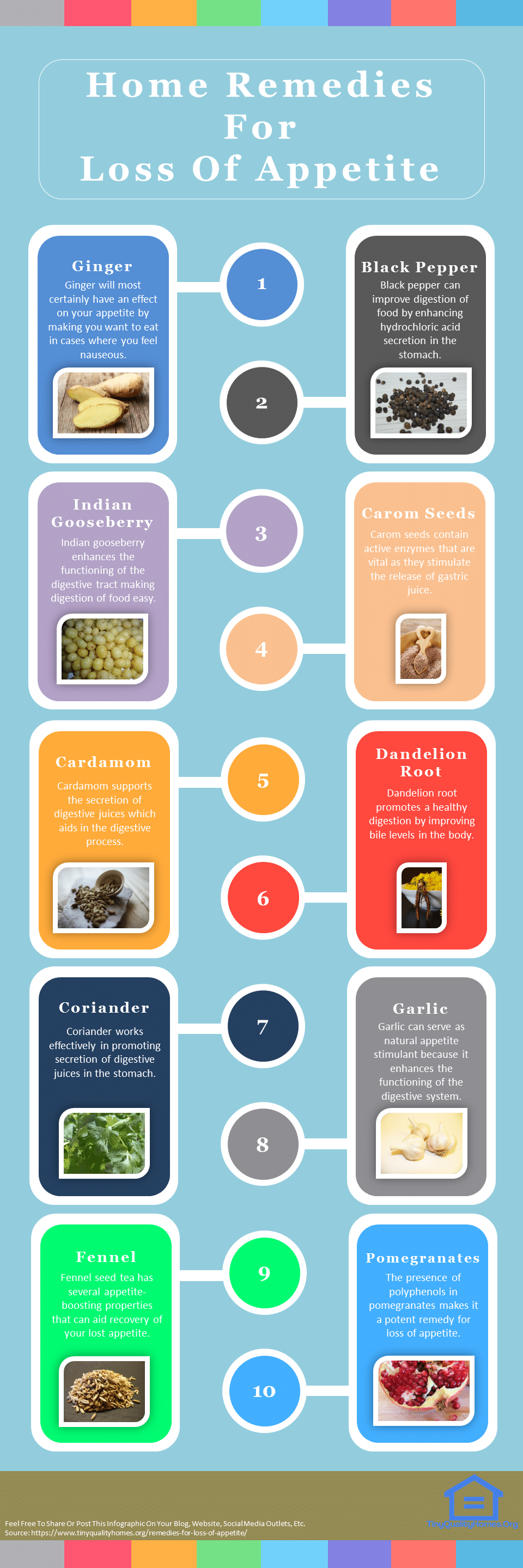 Positive effect on women’s skin. During the day, you can snack on this miracle vegetable more than once.
Positive effect on women’s skin. During the day, you can snack on this miracle vegetable more than once.
Choose from the list what you like best. Most importantly, do not consume these products in large quantities, so as not to harm yourself and the child. Individual intolerance is possible. Therefore, before dealing with nausea, consult a doctor. He will recommend exactly what is right for you.
Early toxicosis during pregnancy. proper nutrition
Recommend the article to your friends
Nutrition for toxicosis so as not to feel sick
You saw two stripes on the test, but the condition does not allow you to fully enjoy happiness? Morning starts not with coffee, but with nausea and a quick run to the bathroom? Bad from the smell of your favorite foods? The good news is that you are definitely pregnant and can start learning how to prepare for childbirth. The bad one is toxicity.
The bad one is toxicity.
The immune system reacts to the fetus with toxicosis. Also, the body is rebuilt at the hormonal level, which affects women’s well-being. Obstetricians distinguish 2 types of toxicosis – early and late. With a late one, you need to urgently contact your doctor, and we’ll talk about the early one. Every second pregnant woman faces it. Fortunately, proper nutrition for toxicosis helps to relatively calmly survive the first trimester.
We will tell you what you can eat with toxicosis to alleviate the condition.
Nutrition in toxicosis – basic principles
It is necessary to know not only what you can eat with toxicosis, but also how to eat. A properly selected power supply system is your main assistant. And it is quite possible that simply changing a few eating habits will save you from unpleasant nausea.
- Don’t starve! For the development of crumbs, you need a lot of useful substances. Not getting it from food, the child will take them from your body’s reserves, which will negatively affect health.

- Eat foods rich in vitamins and minerals . In search of information about what to eat with toxicosis, remember that food should be varied and as useful as possible.
- The most important thing is food before breakfast . Most often sick in the morning on an empty stomach, especially with a sharp rise. Allow yourself to lie in bed as soon as you wake up. Place a glass of lemon water, a bowl of cookies or dried fruits near the bed. Eat a few pieces without getting up: now the stomach is no longer empty – and the feeling of morning sickness should recede.
- Eat less but more often . Switch to a fractional meal system every 2-3 hours. So you do not overload the stomach – and it will be easier for him to digest food, which means he does not want to “return” it.
- Forget about the lunch formula “first-second-third and compote” . Nutrition for toxicosis implies the separation of solid and liquid foods, and drinking should be a separate item.
 It is difficult for the gastrointestinal tract to cope with food of different density at the same time. Divide lunch into several meals – soup at one time, and a side dish with meat a couple of hours later. Drink tea or water separately – an hour before or after a meal.
It is difficult for the gastrointestinal tract to cope with food of different density at the same time. Divide lunch into several meals – soup at one time, and a side dish with meat a couple of hours later. Drink tea or water separately – an hour before or after a meal. - Meals should be warm, not hot . So they are better digested and do not irritate the walls of the stomach.
- If the smell makes you sick, try eating cold or chilled foods . So from them there will be less aromas.
- Temporarily avoid raw fruits and vegetables . The gastrointestinal tract is easier to cope with ready-made food – boiled, baked or steamed. There are a few fruit exceptions – read about them below.
- Nausea is often aggravated by milk . While it’s an important source of calcium, there are other ways to get it.
- Listen to your feelings . You will soon understand which foods make you feel worse and which make you feel better.

What should pregnant women eat with toxicosis?
Changing eating habits is the first step towards a life without nausea and vomiting. The second is the use of special foods that are eaten with toxicosis. Eat them regularly – and you can not survive, but live in the first trimester.
The basis of the diet
These products are rich in vitamins, micro and macro elements. Easily digestible and do not cause a feeling of heaviness.
- Vegetables, especially green ones. They are rich in folic acid necessary for the normal development of the fetus. Best in vegetable soups or purees
- Beans
- Cereals
- Lean meat (chicken, rabbit, turkey)
- Fish
- Low fat cheese
- Boiled eggs
- Rusks
- Dried fruits
- Nuts
- Bananas
- Applesauce
- Chamomile tea
- Fennel or dill tea
- Water. Drink a little but often.
 After all, dehydration is one of the most dangerous consequences of vomiting
After all, dehydration is one of the most dangerous consequences of vomiting
90 027 Biscuits
Some expectant mothers are saved by a “dry” diet. This option can be effective, but you still need to drink water in between so that there is no dehydration.
cravings for salty
Thinking about what you can eat with toxicosis, you immediately remember various salinities.
Can I eat them?
Yes, even necessary. This is the easiest way to restore the loss of sodium and chlorine in the body. Therefore, feel free to eat:
- Herring (1-2 pieces)
- Pickled cucumbers and tomatoes
- Sauerkraut. It is especially useful as it is a source of enzymes necessary for digestion
Reduces nausea
Eat and drink these foods when you feel nausea coming on or as a snack – Your well-being will improve significantly in a day.
- Mint tea
- Ginger tea
- Rosehip decoction
- Alkaline mineral water
- Citrus
- Green apple
- Kiwi fruit 9002 8
- Cranberries
- Currants
- Cucumbers
Now you know what to eat for pregnant women with toxicosis.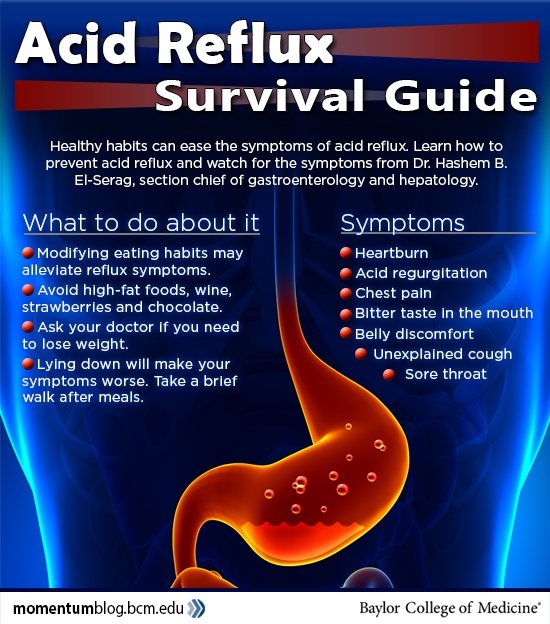

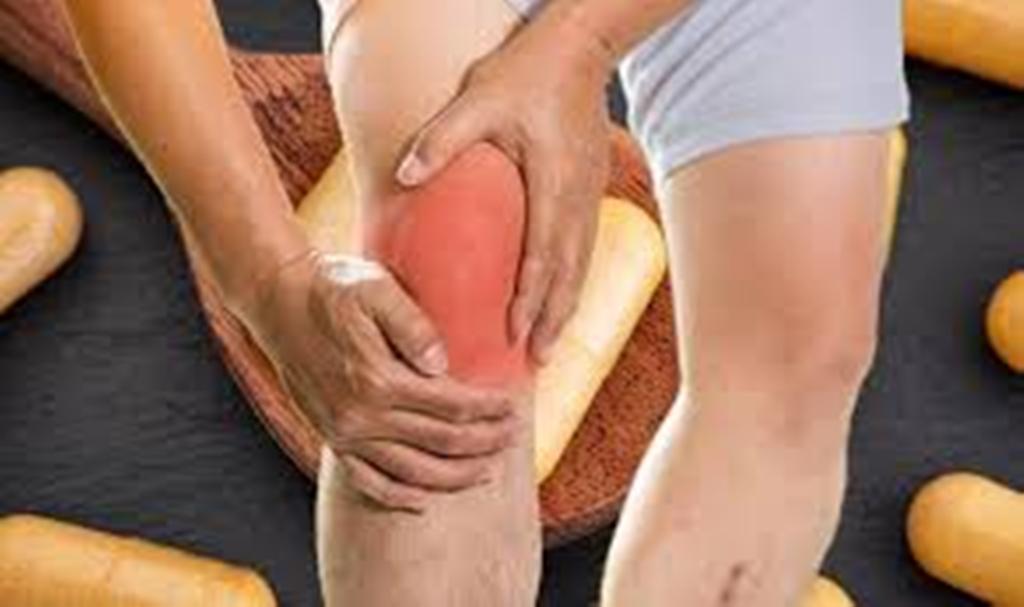 Ginger in Gastrointestinal Disorders: A Systematic Review of Clinical Trials. Food Sci Nutr. 2019 Jan;7(1):96–108. doi:10.1002/fsn3.807
Ginger in Gastrointestinal Disorders: A Systematic Review of Clinical Trials. Food Sci Nutr. 2019 Jan;7(1):96–108. doi:10.1002/fsn3.807 Aliment Pharmacol Ther. 2018 Mar;47(6):738–752. doi:10.1111/apt.14519
Aliment Pharmacol Ther. 2018 Mar;47(6):738–752. doi:10.1111/apt.14519 Molecules. 2016 Jul; 21(7):844. doi:10.3390/molecules21070844
Molecules. 2016 Jul; 21(7):844. doi:10.3390/molecules21070844
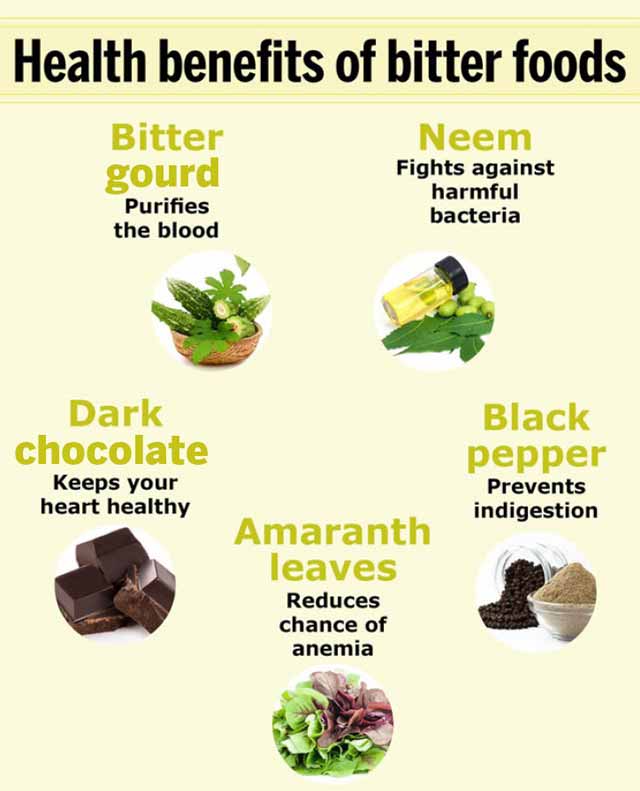 It is difficult for the gastrointestinal tract to cope with food of different density at the same time. Divide lunch into several meals – soup at one time, and a side dish with meat a couple of hours later. Drink tea or water separately – an hour before or after a meal.
It is difficult for the gastrointestinal tract to cope with food of different density at the same time. Divide lunch into several meals – soup at one time, and a side dish with meat a couple of hours later. Drink tea or water separately – an hour before or after a meal.
 After all, dehydration is one of the most dangerous consequences of vomiting
After all, dehydration is one of the most dangerous consequences of vomiting